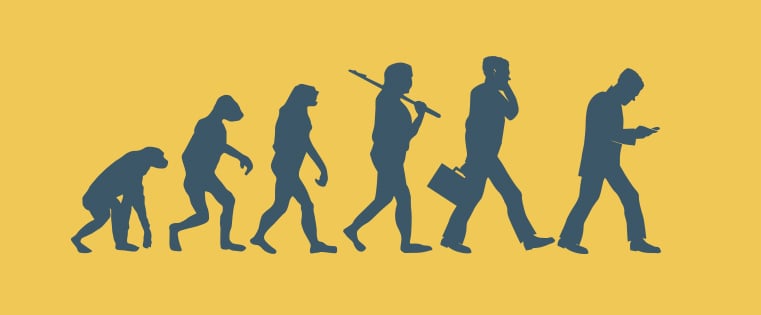 Marketing can be a shady "game."
Marketing can be a shady "game."

At its very core, it relies on the manipulation of perceptions and thrives on playing up ambiguous metrics like brand awareness, consumer sales, and customer retention. Marketers have long been responsible for deciphering the best, fastest, and most effective strategies that seize the buyer’s cognizance at their most vulnerable purchasing points. This means developing and acting on an innate awareness of what people want, when they want it, and why they are inclined to favor one thing over another.
For the better part of its existence, marketing has been about buying the buyer.
However, as technology has progressively embraced modern concepts like UX and object-oriented design, we have tracked a noticeable shift in the “what people want” part of marketing. In general, people have grown to expect a higher level of autonomy in their everyday lives. They still want the fastest and best, but they also want to buy from companies whose values and methodologies resonate with their own.
Consumers have become users, and the monopoly on marketing power gradually continues to be displaced from corporate clutches to the hands of the masses. Marketers’ tendency to sugar coat, coax, and conceal just won’t cut it anymore. Suddenly, the buyer can’t be bought.
An industry that once relied on puppeteering audiences into making purchasing decisions must now operate in a landscape of mutual trust. And that trust is built on transparency. Marketing agencies, enterprise corporations, and small businesses alike are expected — by their audiences — to cultivate environments of open public feedback and responsiveness. Buyers don’t just want cool sneakers, the newest phone, or a great cheeseburger. They want authenticated, sweatshop-free materials, technology that adjusts to personal preferences, and organic, locally raised beef. Conceptually, they want humanity, adaptability, and honesty.
But is it even possible for marketers to attain pure transparency in their user relationships? What happens when a business’s newfound transparency leads to negative exposure? After all, not all materials are handwoven and sold by the crafter from an Etsy store, and the vast majority of cows aren’t raised on grass-fed diets in open pastures. Sometimes, major change seems just too major for companies to afford.
Short-term interests and fiduciary pressure from stockholders often take precedence over long-term investment in value growth. Even today, businesses continue to try to fool the customer by being more selectively transparent, which is still managing the message. Transparent organizations need to be as open as possible without violating the privacy of their clients and employees.
There is, of course, no quick fix or simple answer. Being too transparent can easily botch traditional marketing practices. The truth does not always reflect the best short-term interest of the brand. However, people are more thirsty for honest conversation than ever before.
Businesses from Subway to Seaworld have had their deceptive marketing techniques uncovered, and this type scandalous exposure can drive them into the ground. Companies need to realize that long-term reputation is vital in increasing consumer confidence and brand loyalty. This calls for a drastic change in the way that businesses think and a new standardization of the way that things are done.
Rather than an instantaneous goal, profit must be viewed as a byproduct of cultivating ethical business practices and upstanding user relationships. Content, products, and services must be generated not as ways to instantaneously satisfy buyers, but as means to responsively and elegantly integrate into their everyday lives. Success can no longer be measured in output and dollar signs. It must be gauged through upstanding credibility and mutual transparency.
As we continue to progress toward a media cluttered, digitally driven world, the lines between real and not so real continue to be blurred, causing mistrust among users, consumers, and audiences of every kind. Marketers have to work harder than ever before to be authentic.
The fact is, it is easier to adopt transparency into the marketing vocabulary than it is to ask for forgiveness or permission.







